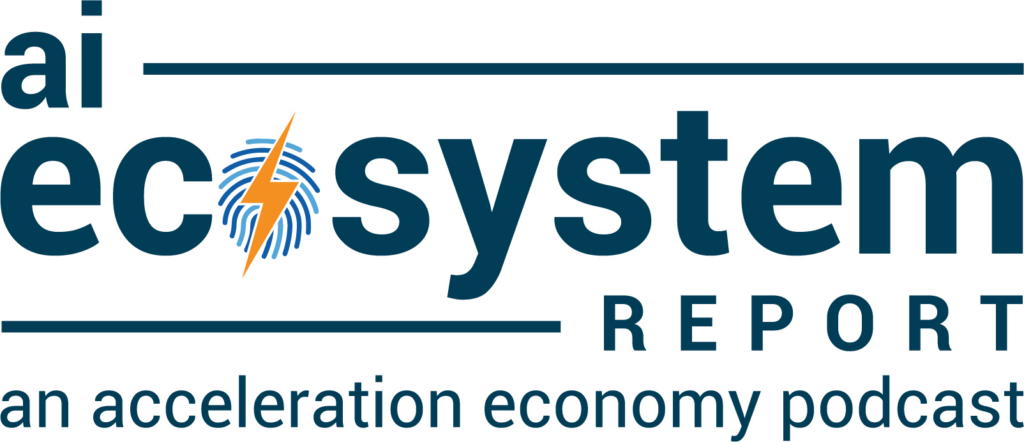One application of AI that has become especially popular in business is the copilot. What started as a code completion tool in GitHub has evolved into an umbrella term for a broad set of AI-based business applications that serve a range of industries and functions. Today, the role of copilots is evolving to become more verticalized and role-specific.
For this analysis, I define copilots as use-case-specific applications powered by generative AI (GenAI) that help a human operator complete their tasks more efficiently or effectively. This is not a chatbot — that’s just text generation. Copilots are more deeply integrated with other software, enabling them to take action and assist humans in task completion. They can auto-generate content or code, sift through data, make suggestions, automate mundane tasks, and more.
History and Role of Copilots
The term copilot arose when GitHub, owned by Microsoft, released its Copilot in 2021. Since then, we’ve seen an explosion of copilots offered by various companies. Microsoft has run with the term by offering many copilot products, including the Dynamics 365 Copilot, released in 2023, the first copilot to span CRM and ERP. Other companies joined the copilot craze, including Salesforce with EinsteinGPT, Clari, Atlassian, Moveworks, and more.
These copilots have been predominantly general purpose. Put simply, they’re a layer of GenAI on top of industry tools that the companies already offer, enabling operators to use the tool more effectively. In the case of Dynamics 365, the Microsoft copilot lets users more easily disseminate and synthesize information across the platform.
The Evolution of Copilots
Copilots are getting easier to deploy. That means more people are creating their own and software companies are increasingly adding copilots to their product mix. As a result, copilots are becoming more use-case or role-specific. To take this a step further, I believe most professions that have a component of knowledge work will see custom copilots developed for them, in what you might call the “great verticalization” of copilots and GenAI.
For example, ChatGPT is useful for a very wide range of tasks, but it lacks adoption in many job roles. This is partly because it takes time, effort, understanding, and creativity to prompt ChatGPT in a way that adds value to your specific job’s context. A general system is not as useful as one that’s made for you. As a result, we have seen the emergence of role-specific copilots.
Pioneering the Vertical-Specific Copilot
There are a couple of notable companies that have been developing copilots for role-specific copilots. The first company I want to highlight is Nabla. It recently raised a $28 million series B funding round. The company built an AI copilot for doctors.
To paint a picture of its product: Imagine sitting in a doctor’s office. The doctor presses a button on the Nabla interface and forgets about his computer, instead focusing on you. Meanwhile, Nabla is recording and transcribing the conversation. Its AI parses through the transcription in real-time and determines which parts are important. Finally, it auto-generates a medical report along with prescriptions, follow-up appointment letters, and more. Physicians can edit the reports before they’re filed in the EHR (electronic health record).
Nabla is an example of a copilot designed specifically to assist human doctors with tasks including record keeping, transcribing, and writing medical reports. For context, it’s being used by thousands of doctors already and has reached a $180M valuation. We may soon see companies or products emerge that provide similar copilots but for other fields, ranging from therapists to teachers to HR executives to consultants. Each has nuanced features that match the needs of that target audience.
Another company to highlight is Robin AI, which recently raised $26 million in a series B funding round. The company refers to itself as the legal copilot, because it assists lawyers in dealing with contracts. Its GenAI-based copilot parses through contracts, understands them, rephrases things if needed, and lets lawyers ask questions about the content and receive answers based on text in the contract. This system was fine-tuned on legalese and has processed over 500K contracts already. Robin AI’s lawyer user base generates feedback and data which is then pushed back into model training to improve the product.
Conclusion
Both Nabla and Robin AI show the value of creating GenAI copilots for specific niches. To draw an analogy to prior tech movements, look at Excel. A friend of mine once said, “If you want to see the future of SaaS, just look at what people are cobbling together in Excel.” The reason is that Excel — like ChatGPT and current copilots — is general purpose. It can meet most needs, but it takes effort. Specific audiences like doctors, teachers, developers, and senior executives, for instance, prefer to have a tool pre-packaged for them.
Despite the strong start of general-purpose GenAI, I believe the industry will face unbundling in the years to come as functions supported by general copilots become isolated into their own pre-packaged features, products, or even companies. The opportunity to create these right now is large, for existing businesses or those looking to launch their own venture.










